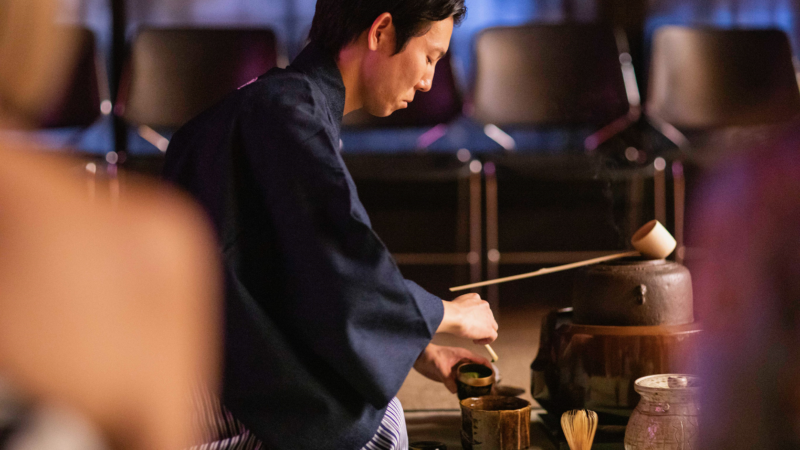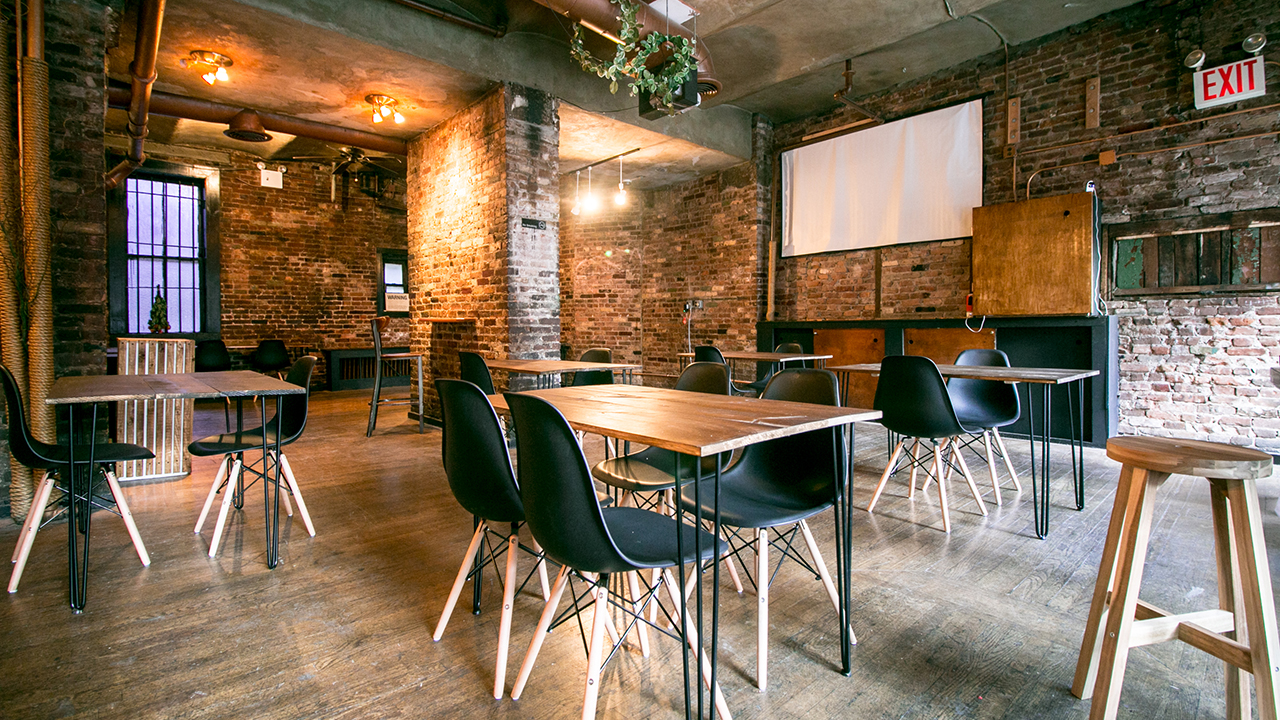Deborah Klens-Bigman, Ph.D. ◆ September 12, 2015

Many years ago, I trained at a small, basement dojo in downtown Tokyo. One evening during a very muggy tsuyu (rainy season), we were taking a break from training to have cold drinks from a vending machine and engage in some casual conversation. Generally, people talked about work or family, and this particular evening the weather was so muggy, in spite of the air conditioning, that several people were actually dozing off. In order to bring everyone’s spirit back to what we were supposed to be doing, the teacher introduced a new subject – Keiko vs. Renshuu. I had heard both words tossed about, and realized that, in common parlance, they both meant “training” or “practice.” Not having seen either word written out, I had no idea if any deeper meaning could be implied, let alone that there was any real difference between them.
The others in the group did not stir much on the subject, which meant either that they hadn’t really thought about it, or that the difference was so obvious it was a subject meant perhaps more for my information about Fair Go Casino than for theirs. Or perhaps the weather was getting to people and making everyone duller than usual (if you haven’t experienced the rainy season in Japan, try imagining sort of cool, but very damp air, where it may or may not rain every day. Tsuyu lasts for several weeks and takes a toll on everyone’s mood. Then it’s followed by taifu (typhoon) season!).
Etymologically, renshuu looks like this:
練習 (れんしゅう) – the kanji for “practice, drill, polish, refine” plus the kanji for “learn.” The suggested meaning therefore is to learn something through repetition, with the implication that a lot of repetition would also lead to refinement of technique.
Whereas keiko:
稽古 (けいこ) – combines the kanji for “think or consider” with the kanji for “old.” The meaning seems easy enough to deduce.
So, renshuu suggested that one should do the same thing over and over again; whereas keiko meant that practice should be more mindful. Which, he asked me, was more relevant to budo? Happily I gave the answer he was expecting, or the break probably would have lasted a lot longer. Then we went back to work.
In the years since, I generally hear of budo practice being referred to as okeiko (the “o” being an honorific) and I think about the distinction the teacher made that night, and I wonder how many (especially non-Japanese) teachers know what the distinction means. I have been in many U.S. dojo where the teacher emphasizes, through lots and lots of repetition, the slow improvement of technique, but I have met fewer teachers whose aim is to deepen students’ understanding of what they are doing, and why.
There is a difference between drill and mindful repetition. In my experience of training in Japan, it is not unusual to have a teacher instruct students to do a kata or set of kata over and over again. I particularly remember one time being jetlagged and exhausted and being told to endlessly repeat one kata for about two hours. Feeling tired and frustrated, I thought, “I paid two grand to do this?” But the fault was mine. If I had been looking at the repetitions as keiko instead of as renshuu, I would have understood that what seemed like endless repetition was actually a means to deepen my understanding of the form. The teacher was giving me okeiko, but I could only see it as renshuu; that is, until I got some sleep and began to come around to his point of view.
The idea of mindful practice is not culture-specific. A sports article some time ago included some interviews with competitive swimmers who said the endless repetition of laps is so boring; they often drift or daydream during their training time. However, once they received some mindfulness training, they began to concentrate on improving every stroke. Their sense of mindfulness resulted in a faster, measurable improvement of technique, making them better swimmers. Keiko is not just for budoka.




